When it comes to comfort food that instantly transports you to tropical paradise, Hawaiian Mac Salad stands as an undisputed champion. Furthermore, this beloved side dish has become synonymous with authentic Hawaiian plate lunches and backyard barbecues across the islands. Moreover, what makes this creamy, indulgent salad so special is its perfect balance of simplicity and flavor.
Originally, Hawaiian Mac Salad emerged from the melting pot of cultures that defines Hawaii’s culinary landscape. Additionally, Portuguese, Japanese, and American influences converged to create this iconic dish that now graces every local eatery from Honolulu to Hilo. Subsequently, this humble pasta salad has captured hearts worldwide, becoming a must-have recipe for anyone seeking authentic island flavors.
Notably, the beauty of Hawaiian Mac Salad lies in its deceptive simplicity. While the ingredient list appears straightforward, the magic happens in the technique and proportions. Consequently, mastering this recipe means understanding the delicate balance between creamy richness and subtle tang that defines authentic Hawaiian Mac Salad.
Table of Content
- Why I Absolutely Love This Recipe
- Ingredient Key: Understanding Each Component
- Step-by-Step Instructions for Perfect Hawaiian Mac Salad
- Professional Tips for Mac Salad Mastery
- Storage Guidelines for Maximum Freshness
- Nutritional Information and Health Considerations
- Another Recipes You'll Love
Why I Absolutely Love This Recipe
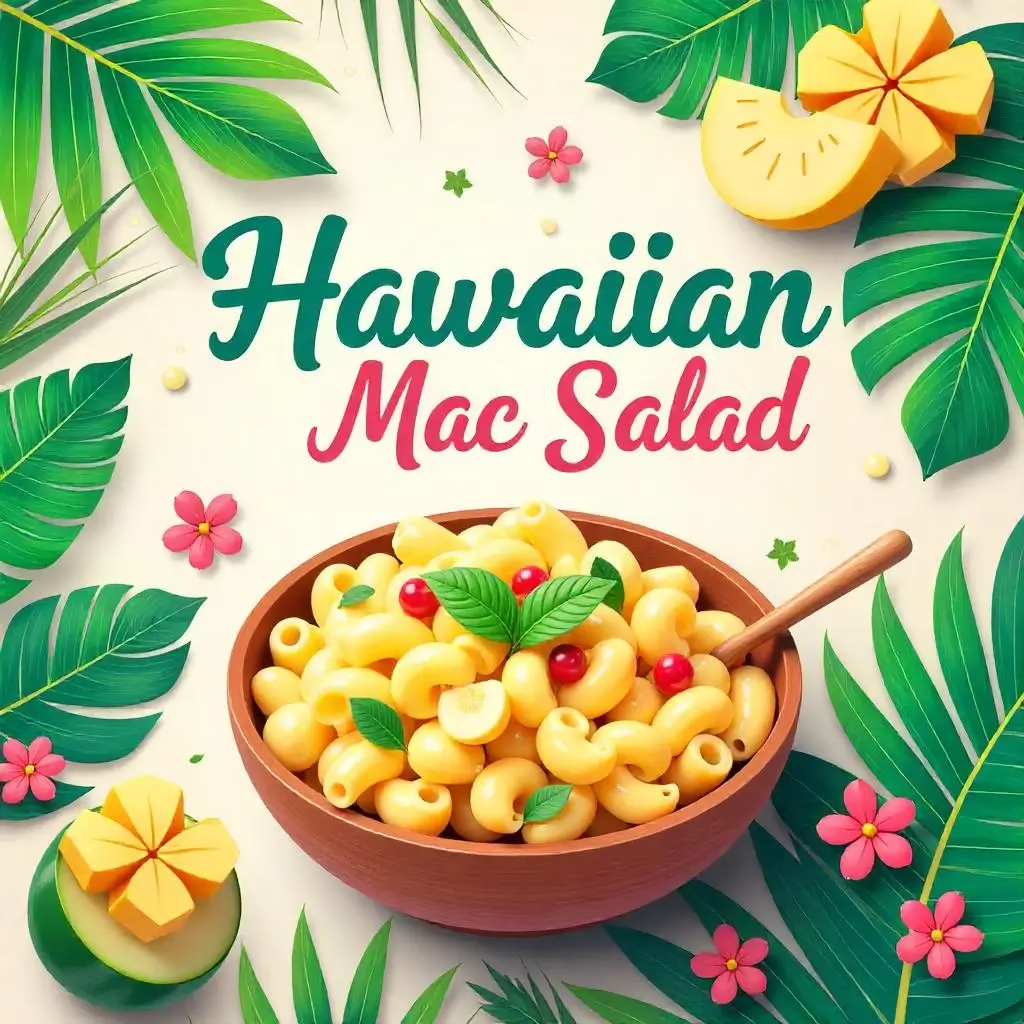
First and foremost, Hawaiian Mac Salad represents pure comfort food at its finest. Additionally, there’s something incredibly satisfying about the way the creamy dressing coats each tender macaroni tube, creating perfect little pockets of flavor. Moreover, unlike many pasta salads that can feel heavy or overwhelming, this version strikes an ideal balance that keeps you coming back for more.
Furthermore, this recipe holds special meaning because it connects us to Hawaiian culture and tradition. Similarly, every bite tells a story of island life, where food brings people together around shared tables and cherished memories. Consequently, preparing this dish feels like participating in a time-honored tradition that spans generations.
Another reason I cherish this recipe is its incredible versatility. Meanwhile, it pairs beautifully with grilled meats, fresh seafood, or even stands alone as a satisfying lunch. Additionally, the preparation process is surprisingly meditative – there’s something therapeutic about slowly folding ingredients together while the flavors meld into something magical.
Ingredient Key: Understanding Each Component
The foundation of exceptional Hawaiian Mac Salad begins with selecting the right ingredients. First, elbow macaroni serves as our canvas – its tubular shape perfectly captures and holds the creamy dressing. Meanwhile, the pasta’s neutral flavor allows other ingredients to shine while providing satisfying substance.
Next, mayonnaise forms the heart of our dressing, but not just any mayonnaise will do. Specifically, full-fat mayonnaise creates the luxurious mouthfeel that defines authentic Hawaiian Mac Salad. Furthermore, some recipes incorporate a touch of Miracle Whip for added tanginess, though traditional versions stick to classic mayonnaise.
Additionally, milk plays a crucial role in achieving the proper consistency. Moreover, whole milk works best because its fat content contributes to the salad’s signature creaminess. Subsequently, the milk helps thin the dressing to coat pasta evenly without becoming gluey or thick.
Salt and white pepper provide essential seasoning, while some variations include a hint of sugar to balance flavors. Meanwhile, finely grated carrots add subtle sweetness and beautiful color flecks. Finally, hard-boiled eggs, when included, contribute richness and protein that transforms this side dish into something more substantial.
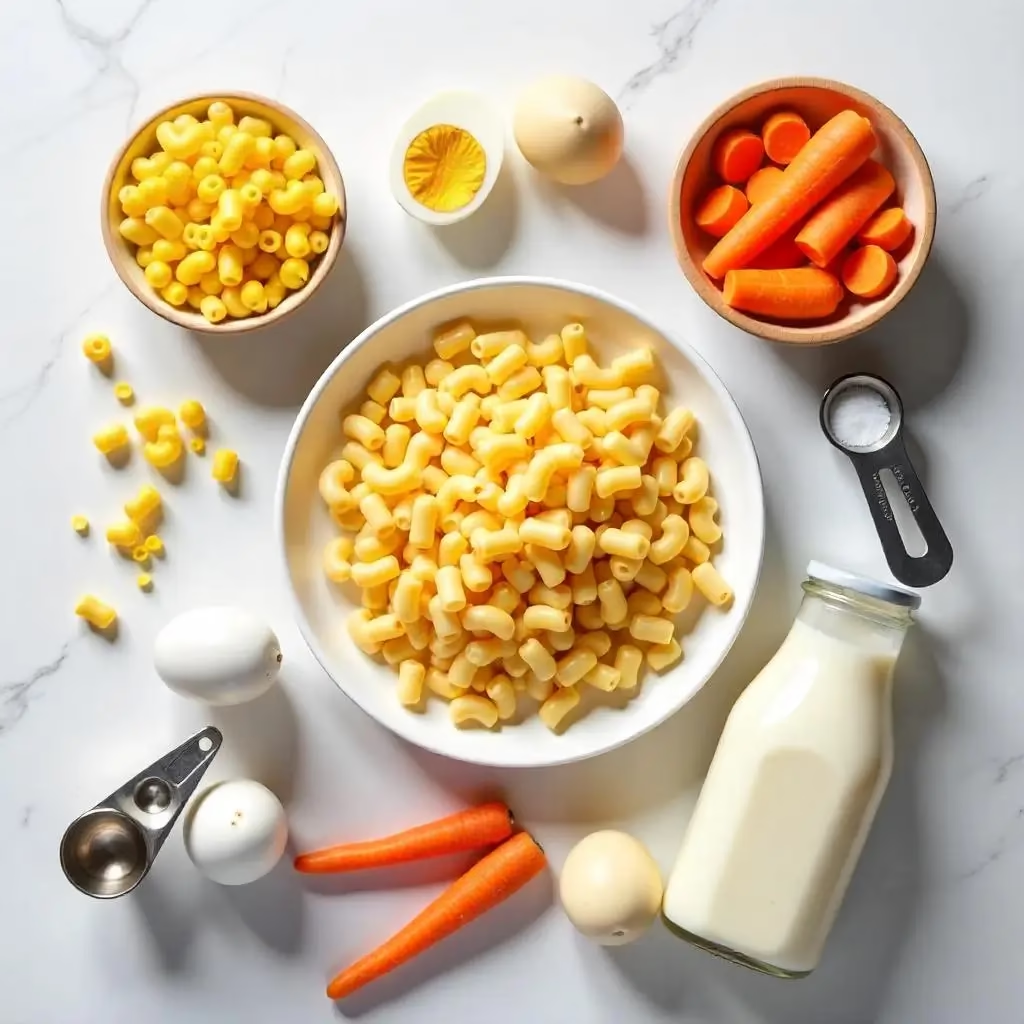
Step-by-Step Instructions for Perfect Hawaiian Mac Salad
Preparing the Foundation
Initially, bring a large pot of generously salted water to a rolling boil. Subsequently, add two cups of elbow macaroni and cook according to package directions until al dente. Importantly, avoid overcooking as mushy pasta will result in an unpleasant texture.
Meanwhile, prepare an ice bath by filling a large bowl with cold water and ice cubes. Once the pasta reaches perfect doneness, immediately drain and plunge into the ice bath. Consequently, this stops the cooking process and ensures your macaroni maintains its ideal texture.
Creating the Signature Dressing
Next, combine one cup of high-quality mayonnaise with two tablespoons of whole milk in a large mixing bowl. Subsequently, whisk these ingredients together until smooth and creamy. Additionally, season with one teaspoon of salt and a quarter teaspoon of white pepper.
Furthermore, taste the dressing and adjust seasoning as needed. Some prefer a touch more salt, while others enjoy a hint of sugar to balance flavors. Moreover, the dressing should coat the back of a spoon but remain pourable.
Assembly and Final Touches
Once the pasta has cooled completely, drain thoroughly and pat dry with paper towels. Then, add the cooled macaroni to your prepared dressing. Subsequently, fold gently but thoroughly, ensuring every piece gets coated evenly.
Additionally, if including grated carrots, fold them in now for color and subtle sweetness. Similarly, chopped hard-boiled eggs can be added at this stage for extra richness and protein.
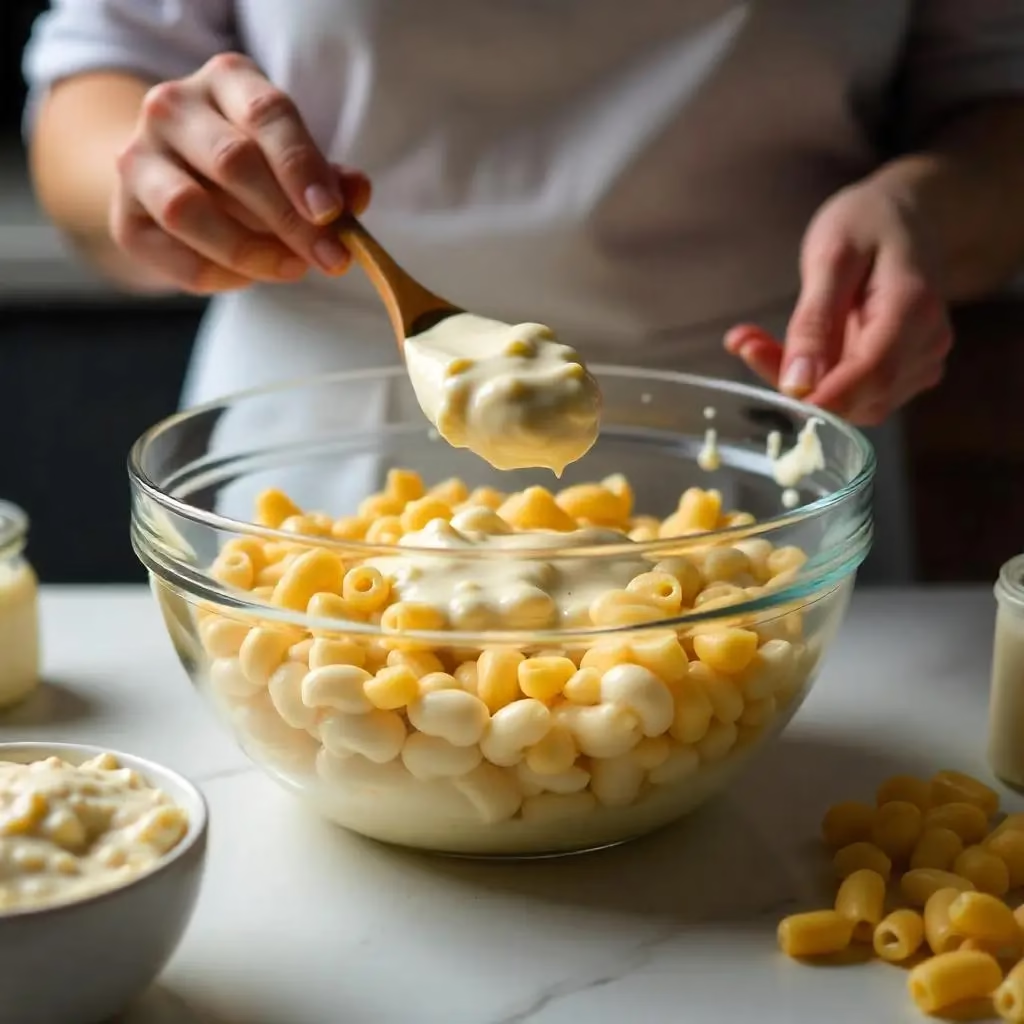
Professional Tips for Mac Salad Mastery
Firstly, patience is absolutely crucial when making Hawaiian Mac Salad. Moreover, allowing the salad to rest in the refrigerator for at least four hours – preferably overnight – lets flavors meld beautifully. Consequently, this resting period transforms individual ingredients into a harmonious, cohesive dish.
Additionally, always prepare more dressing than you think you need. Meanwhile, pasta continues absorbing moisture even after mixing, so having extra dressing ensures your salad maintains its creamy consistency. Furthermore, you can always add more dressing just before serving to refresh the texture.
Another essential tip involves seasoning in layers. Initially, season your cooking water generously, then season the dressing, and finally taste the finished product for final adjustments. Subsequently, this layered approach ensures complex, well-developed flavors throughout.
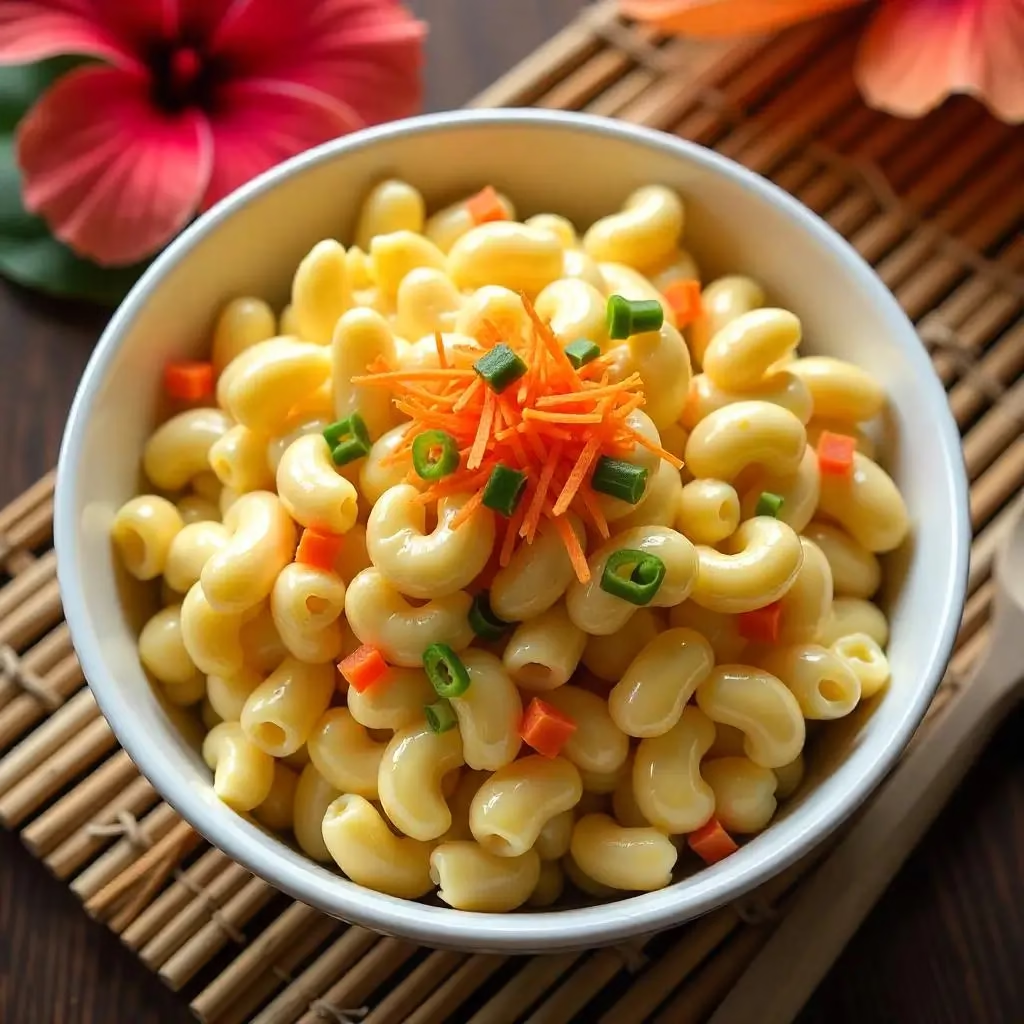
Storage Guidelines for Maximum Freshness
Proper storage significantly extends your Hawaiian Mac Salad’s lifespan while maintaining its quality. First, transfer the completed salad to an airtight container before refrigerating. Moreover, properly stored mac salad remains fresh for up to five days in the refrigerator.
However, before serving leftover mac salad, always give it a good stir and taste for seasoning. Additionally, you may need to add a tablespoon or two of fresh mayonnaise to restore the creamy consistency. Furthermore, let the salad sit at room temperature for 15 minutes before serving to allow flavors to brighten.
Importantly, never leave Hawaiian Mac Salad at room temperature for more than two hours. Similarly, when serving at outdoor gatherings, keep the salad on ice or in a cooler to maintain food safety.
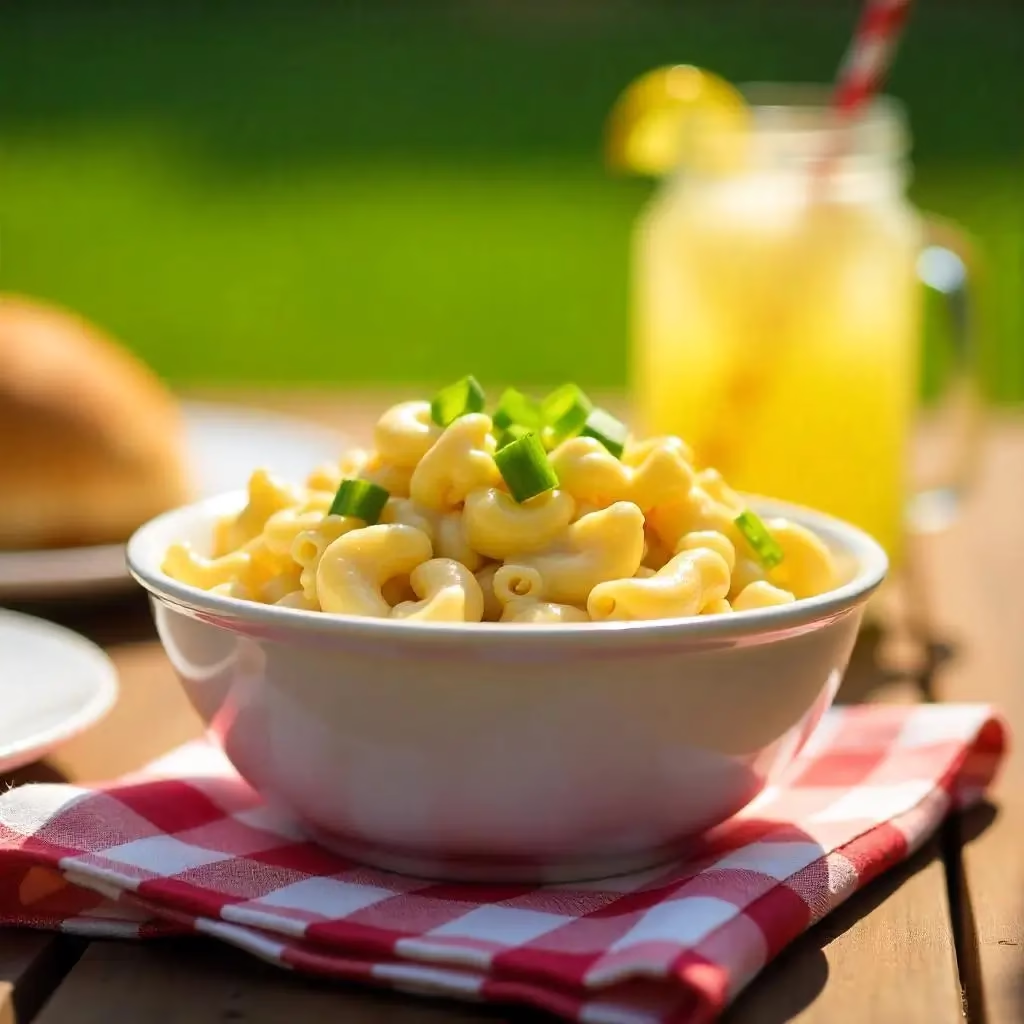
Nutritional Information and Health Considerations
(Per 1 Cup Serving)
- Calories: ~330–450 kcal
- Total Fat: 20–28g
- Saturated Fat: 3–5g
- Cholesterol: 20–40mg
- Sodium: 400–600mg
- Total Carbohydrates: 30–40g
- Dietary Fiber: 1–2g
- Sugars: 2–6g
- Protein: 5–8g
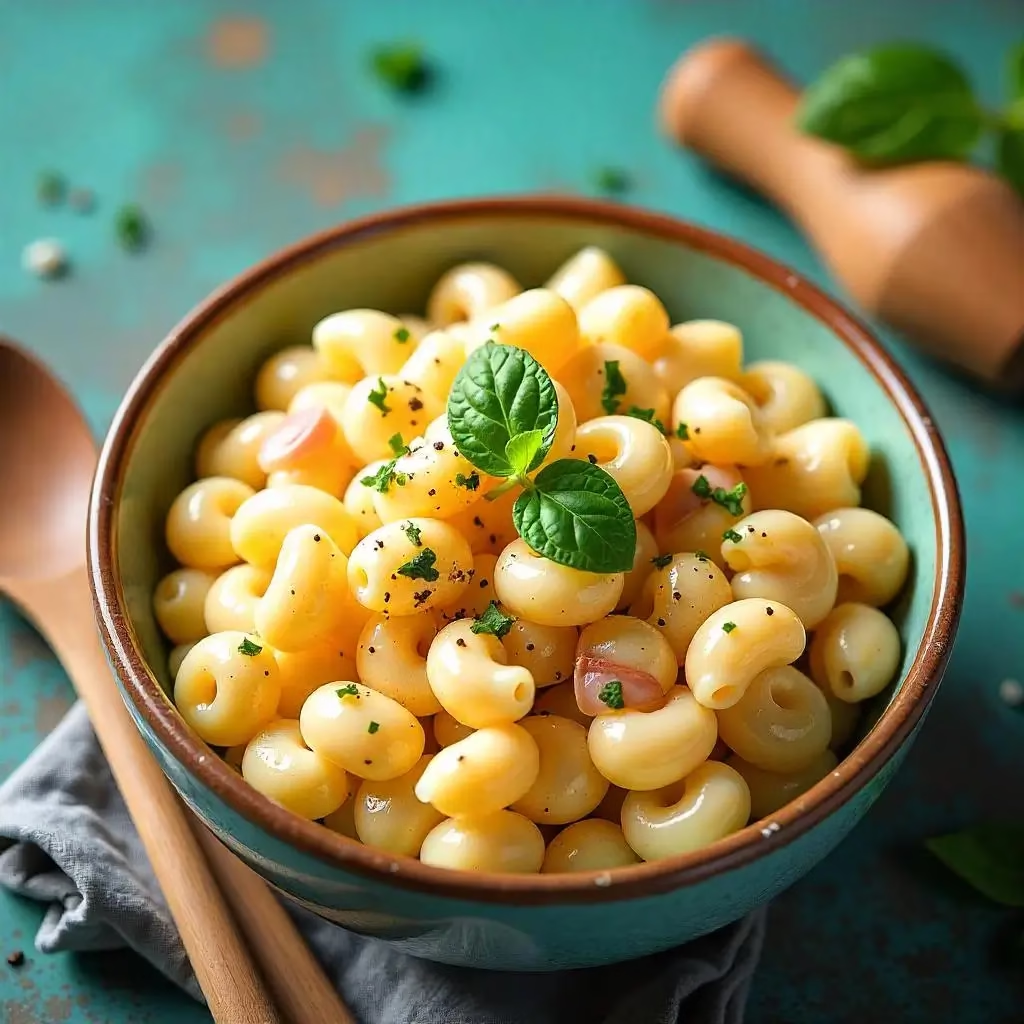
Another Recipes You’ll Love
- Pea Salad
- Shrimp Salad
- Turkey Salad
- Din Tai Fung-Style Cucumber Salad
- Vegetarian Italian Chopped Salad
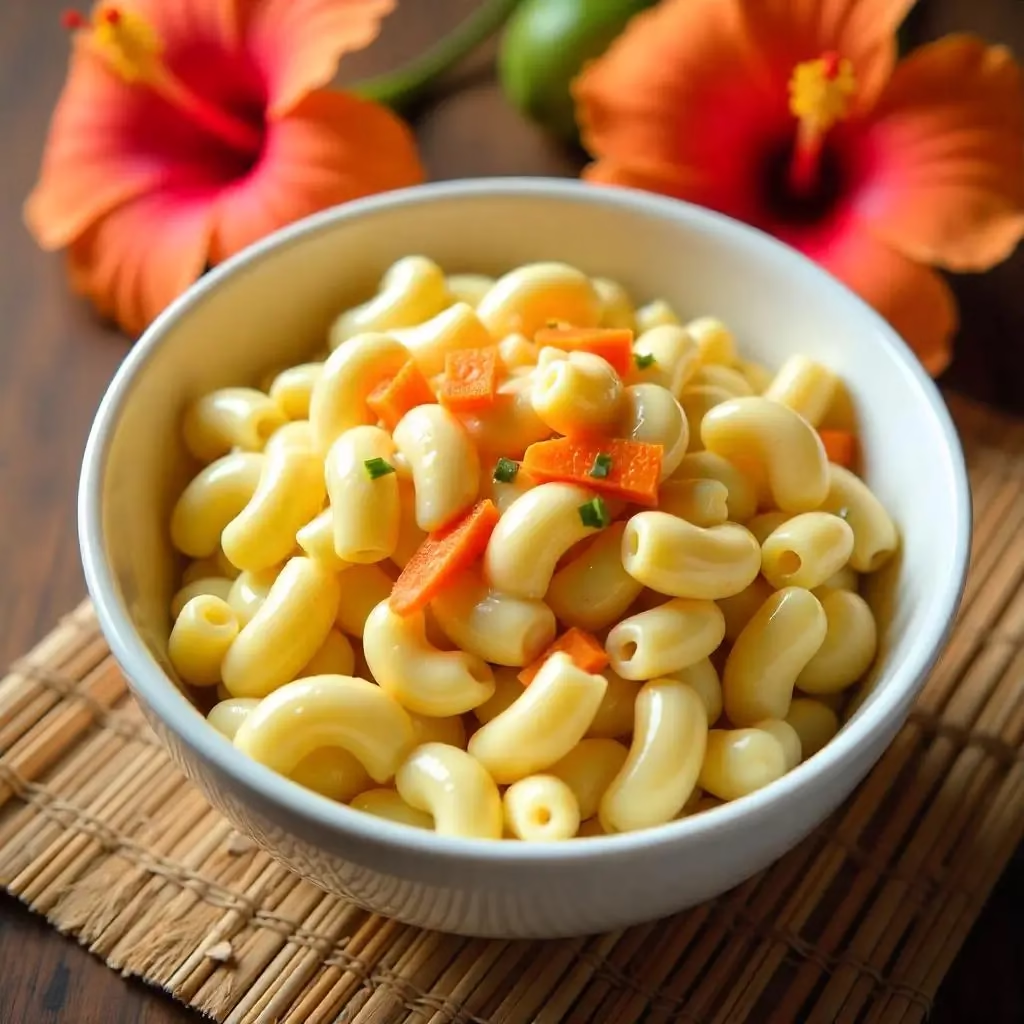
Hawaiian Mac Salad represents more than just a side dish – it’s a connection to island culture, comfort, and community. Moreover, mastering this recipe means understanding that sometimes the simplest dishes require the most attention to detail and respect for tradition.
Additionally, whether you’re planning a backyard barbecue, potluck dinner, or simply craving authentic Hawaiian flavors, this mac salad delivers every time. Furthermore, its versatility and make-ahead nature make it perfect for busy cooks who want to serve something special without last-minute stress.
Finally, remember that great Hawaiian Mac Salad isn’t just about following a recipe – it’s about understanding the balance of flavors, textures, and techniques that create this beloved dish. Consequently, take your time, taste as you go, and don’t be afraid to adjust seasonings to suit your preferences.
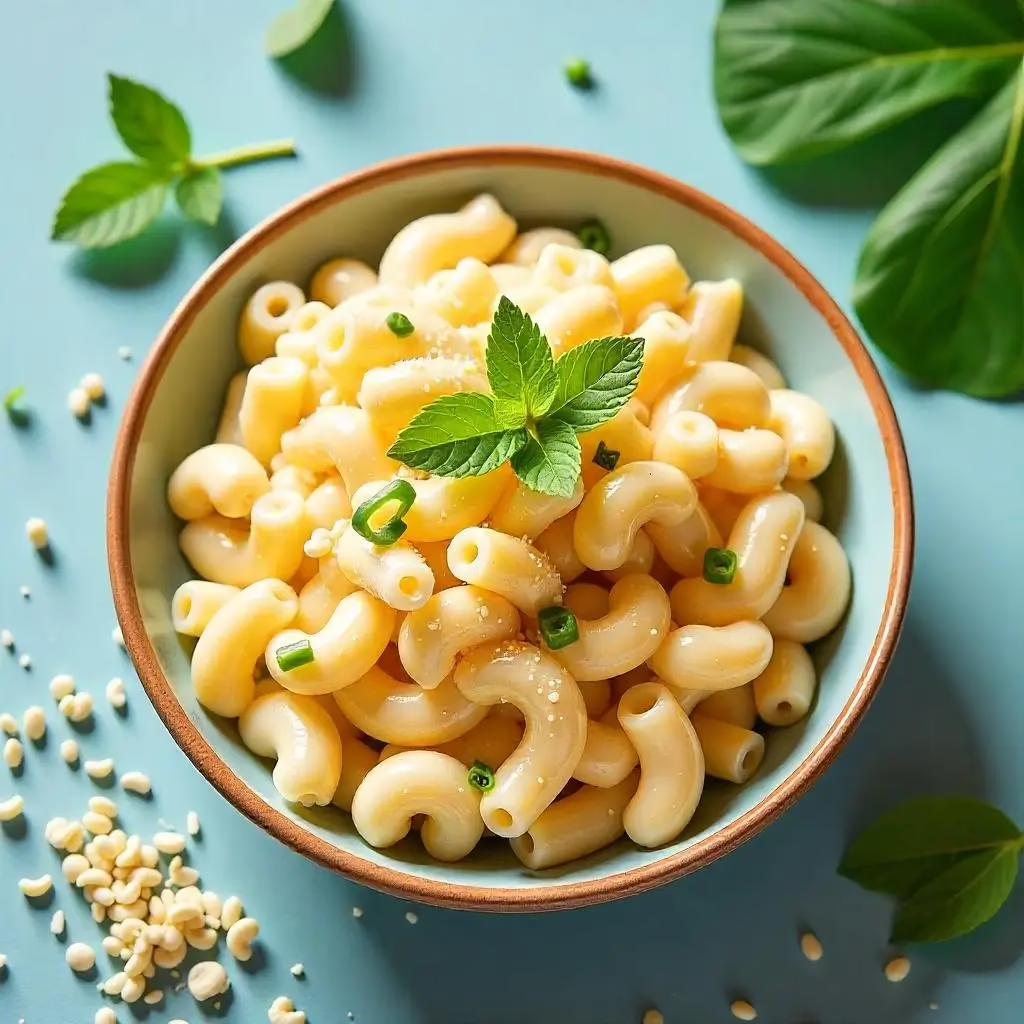
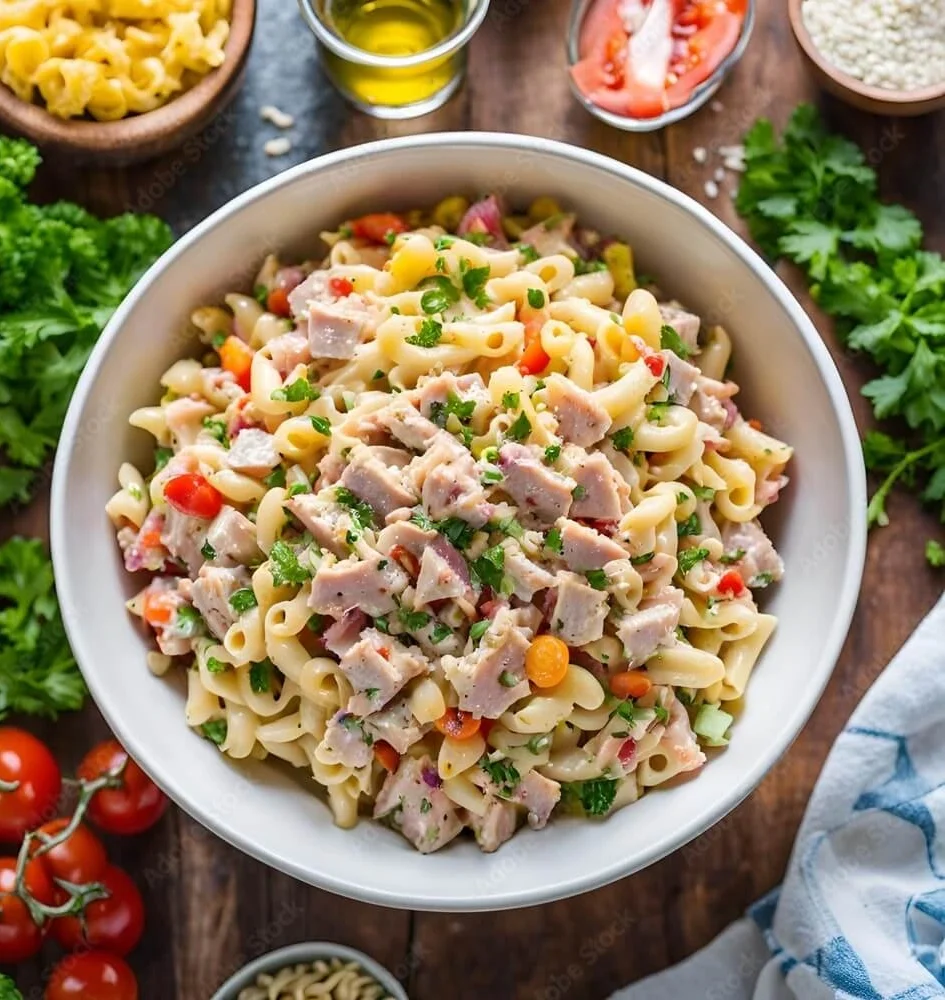
How to Make Hawaiian Mac Salad Recipe Like a Local
Description
Learn to make authentic Hawaiian Mac Salad with this detailed recipe guide. Discover the secrets to creamy, flavorful mac salad that’s perfect for plate lunches and barbecues. Includes tips, storage advice, and nutritional information.
Ingredients
Instructions
- Cook pasta: Boil salted water, cook macaroni until al dente, then shock in ice bath
- Make dressing: Whisk mayonnaise, milk, salt, and pepper until smooth
- Combine: Fold cooled, dried pasta into dressing until evenly coated
- Add extras: Gently fold in carrots and eggs if using
- Chill: Refrigerate at least 4 hours or overnight
- Serve: Adjust seasoning and consistency before serving
Notes
- Best when made day ahead
Add extra mayo if needed before serving
Keeps 5 days refrigerated

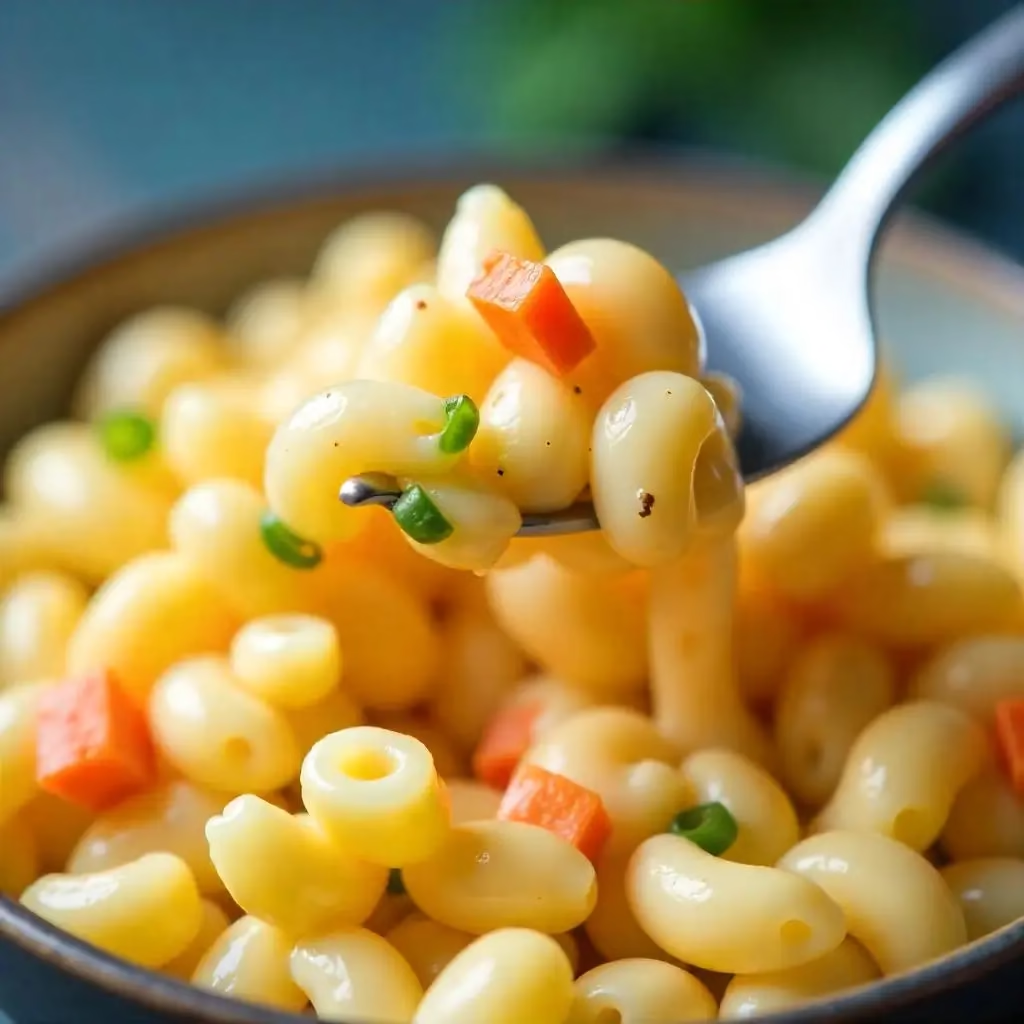
février 23, 2025 at 8:16 pm[…] Hawaiian Mac Salad […]
mars 15, 2025 at 8:29 pmThis post resonated with me on a emotional level, thanks.
mars 16, 2025 at 10:23 amThis site is a wonderful resource for anyone interested in learning about a variety of subjects. Thanks for all that you do.